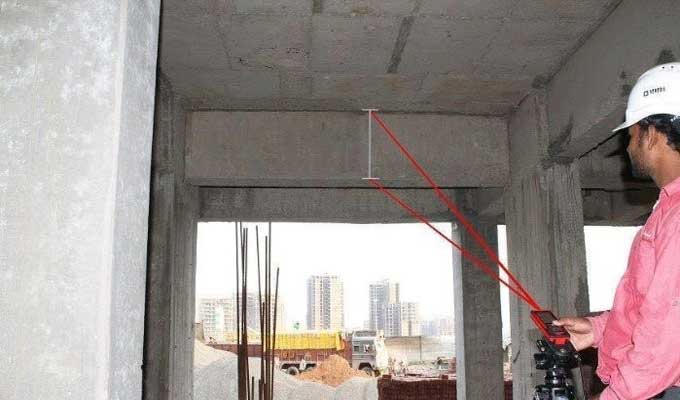
Construction Snagging in a Nutshell

The term snagging is commonly used throughout construction, but is essentially a slang expression with slightly different meanings. It is always worth a contractor checking how the phrase is being used on different projects. Different people interpret it differently. Among Americans, it is usually referred to as a punch list, which is also known as a snagging list.
Construction projects of all types benefit from a smooth snagging process. You should always keep the future in mind when preparing or working on a punch list.
During construction, snagging occurs before the project is considered complete and ready for inspection, i.e. before it is considered completed. The term snag refers to a small defect left behind after a contractor completes a construction project.
Main Aspect of Snagging in Construction
Delay Problem
In the first category are problems that might not appear immediately, but can arise as a result of new materials not settling in quickly. Cracks in the plaster might reveal these issues.
Design Problem
There can be a design issue where the building was designed incorrectly or the wrong materials were used. The non-conformity will appear in any event due to the direct impact on the process.
Low Quality of Work
A problem might be poor craftsmanship, which is the most prevalent definition of snagging. This can happen for a number of reasons, including staff not being up to the task or design plans not being implemented. Alternatively, it might result from a task being hurried in helps to save cost and money. It might be that doors and windows are not coated on all corners, or that the heating system has not been cleaned.
Defective Latent
Last but not least, there are hidden flaws. These are problems that only become obvious over a long period of time and might be caused by any of the concerns listed above.
Snagging for Construction Projects
1. In the case of major projects, the snagging inspection procedure is done in phases, with examination of regions being finished and closed off gradually. Before handing over to the client, the examined and closed-off portions are secured to prevent degradation and go through a final inspection. As a result, this procedure begins months before the project's conclusion.
2. Snagging can be performed when a client plans to purchase a finished piece. The inspector examines every part of the completed structure of the building.
3. Before exchanging contracts, a buyer should always undertake a snagging survey.
4. Snagging inspection judgment is aided by the use of contract drawings, specifications, standards, and building laws.
5. The completed snagging survey report is sent to the contractor or house builder for correction. If the homeowner does not reply satisfactorily, the customer may file a complaint with the local authorities.
Snagging Lists for Construction
In order to log and rectify every issue, contractors should prepare their own snagging list along with project progress. Either outstanding or completed status must be updated for the snag.
? Building projects are inspected for practical completion by the appropriate certifying authority's architect or contract administrator.
? The snagging lists should be corrected before issuing a certificate of practical completion.
? There must be diligent documentation of all items that make it onto the snagging lists, and related information must be communicated to those concerned. A written record of the communication and a photograph of the issue are required.
1. Item number for snagging.
2. The location of the snag.
3. Issue type.
4. Detailed information about snagging.
5. Date of the problem.
6. The person responsible for fixing the item.
7. The snag status.
To learn more, watch the following video tutorial.
Video Source: Real Life Architect
Wrapping it Up
The goal is to establish a straightforward, standardized process that can be replicated in future projects. You can make a great investment in your organization's development both now and in the future by investing in this. Your budget and your 3-6 weeks planning will be easier to control the more you become adept at detecting and resolving non-conformities.
Some snags are worth more than others, of course. There is some non-conformity that affects planning, and you should be able to update and monitor your plan digitally.
Then you can set up, and continuously optimize, an intuitive project monitoring and inspection process to help your organization succeed.


